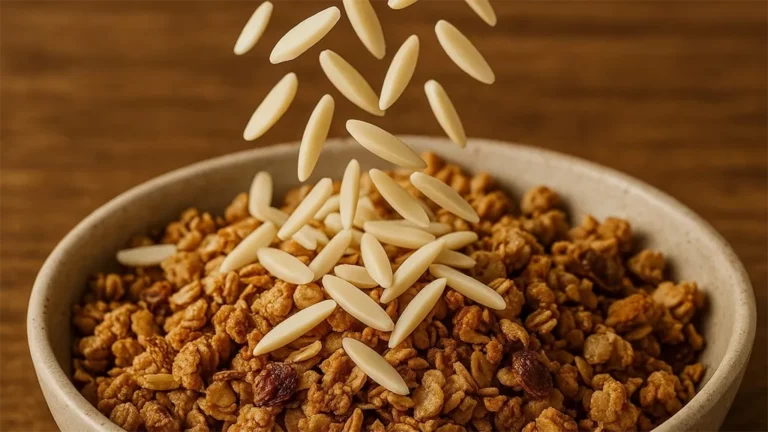Empty cart
Oh no! It appears your cart is empty. Add some almonds to your daily regime with the Treehouse products.
All Blog PostsNews

California handlers shipped 213.6 million lbs in September, down 1.9% compared to shipments of 217.7 million lbs in September last year. These numbers disappoint following industry expectations of higher shipments for September. This puts total shipments in the first two months of the 2024 crop at 381.8 million lbs, down 11.1% year-on-year.
While export shipments of 157.6 million lbs were 1.8% above last year’s mark, domestic shipments were particularly weak with just 55.9 million lbs shipped in September, an 11.2% decline from last year. The strength in export shipments may come as a surprise as rumors of undersupplied export markets permeated over the last several weeks. We note the following destinations as key callouts for the month:
End-September commitments of 667.4 million lbs were down 1% from last year’s total commitments of 674.1 million lbs. This brings new sales in September to 273.4 million lbs, a year-on-year increase of 1.3%. While domestic sales of 83.3 million lbs were solidly up 16.5% from last year, export sales in September of 190.1 million lbs were down 4.2% from last year. With these figures in mind, the industry closed September with a sold and shipped position of 38.2% of expected crop (based on the Objective Estimate of 2.8 billion lbs) and 32.3% of total supply. We note that a change on the 2024 crop from 2.8 billion lbs down to 2.65 billion lbs amounts to a roughly 2% increase in the industry’s sold position. One interesting observation can be found in the disparity of season-to-date commitments between domestic and export markets. Domestic year-to-date commitments of 211.3 million lbs are lagging from the current 5-year average of 321.9 million lbs by 34.4% while total export commitments to date of 456.1 million lbs are the highest seen since September of 2020 (666.5 million lbs). All in all, these numbers signal that it is the domestic buyers who are behind pace in buying this year, and that export markets have strong commitments on the books relative to recent history.
Cumulative crop receipts through then end of September totaled 1035 million lbs. While receipts steeply outpace last year’s mark, the 5-year average of receipts (912.8 million lbs) do not signal any significant abnormalities. Given that receipts in September merely reflect statewide hulling capacity, it is still too early to rely on these numbers to forecast final crop tonnage. With many mixed reviews of poor southern yields with some sustained optimism in the north, it remains unclear that the crop is able to reach the USDA forecast of 2.8 billion lbs. General market sentiment remains that the likely range of the 2024 crop could fall somewhere between 2.65 and 2.8 billion lbs.
Today’s report comes with the realization that export markets may be more covered than initially anticipated. While the weeks long run up in pricing has been attributed to questionable yields and a reduced carryout form the 2023 crop, the question remains as to where buyers and sellers can meet to keep the 2024 crop shipping. With the price of Standard 5%’s nearly 75 cents per lb higher today than a year ago, it appears that the market is finding its balance as the industry maintains respectable sales numbers. While many outstanding details remain in the new crop harvest, it appears that prices may be tempered by selling pressure over the next month. Sellers now enter an important three-month period in which the industry shipped very strongly last year, and the pressure to keep pace intensifies as handlers eye the next carry-out.
That said, the pressure to maintain shipments will continue to depend on the everchanging supply scenario in 2024. With an increase in overall inedibles received (2.96% in September compared to 2.6% a month ago), the overall quality of the 2024 crop could continue to decline as hullers dig into stockpiles in the back half of the hulling season. If indeed the marketable crop is significantly off from 2,8 billion lbs; the industry may not need to maintain yearly shipments of 2.7 billion lbs which justifies the current firm pricing and perhaps a bit more.
Be in the loop for vital news about the California almond market.
Enjoy 10% off when you order 6 or more